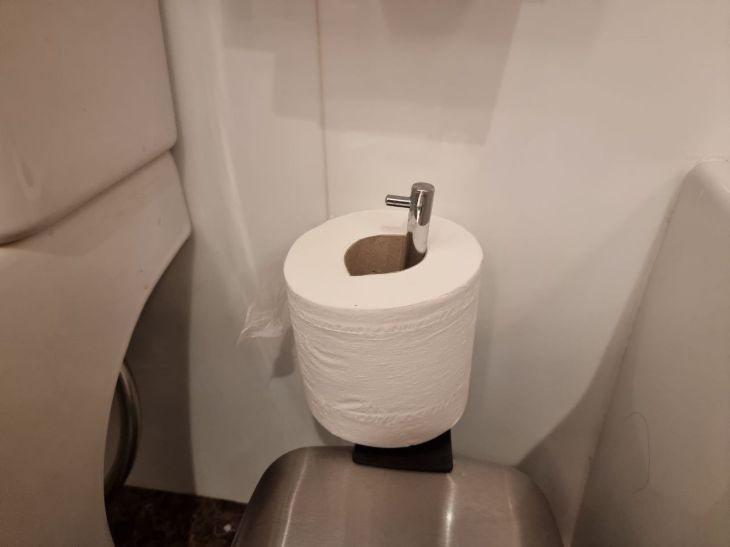Why You Shouldn't Throw Toilet Paper Down the Toilet: Remember Once and For All
Many people don't think about the consequences when they flush toilet paper down the toilet.
However, this habit can lead to serious problems not only for your home sewage system, but also for the environment as a whole.
Problems with the sewer system
Flushing toilet paper down the toilet may seem like a harmless act, but it actually puts a serious strain on your sewer system.
Modern wastewater treatment plants are designed to handle organic waste and water, but not to handle large volumes of paper.
Toilet paper, when it gets into the pipes, can form lumps and get stuck in narrow places, which leads to blockages.

Blockages in sewers are not only a nuisance for individual households, but also a serious problem for municipal utilities.
Clearing large blockages requires significant time and resources, which ultimately affects the cost of utilities for all residents.
Alternative disposal methods
There are more environmentally friendly ways to dispose of toilet paper.
The correct approach is to throw used paper in the trash. Many countries have been practicing this method for a long time, which significantly reduces the load on sewer systems.
For those concerned about hygiene, special containers with a lid can be used to prevent the spread of odors. Regular cleaning and removal of garbage will help maintain cleanliness in the bathroom.
Impact on water supply
Clogs caused by toilet paper can lead to damaged pipes and leaks. Affected sections of plumbing require repair or replacement, which often results in temporary water outages in homes.
Such situations create inconvenience for residents and require additional costs for restoration work.
In addition, clearing blockages often involves the use of aggressive chemicals that can enter the water supply system. Water treatment plants are not always able to completely remove these substances, which can affect the quality of drinking water.
